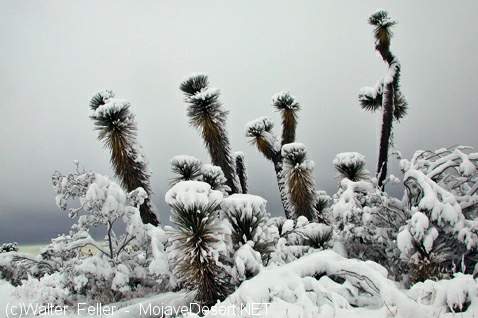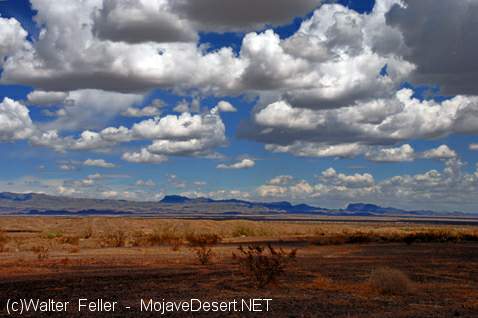The year's round is somewhat in this fashion. After the pinon harvest the clans foregather on a warm southward slope for the annual adjustment of tribal difficulties and the medicine dance, for marriage and mourning and vengeance, and the exchange of serviceable information; if, for example, the deer have shifted their feeding ground, if the wild sheep have come back to Waban, or certain springs run full or dry. Here the Shoshones winter flockwise, weaving baskets and hunting big game driven down from the country of the deep snow. And this brief intercourse is all the use they have of their kind, for now there are no wars, and many of their ancient crafts have fallen into disuse. The solitariness of the life breeds in the men, as in the plants, a certain well-roundedness and sufficiency to its own ends. Any Shoshone family has in itself the man-seed, power to multiply and replenish, potentialities for food and clothing and shelter, for healing and beautifying.
When the rain is over and gone they are stirred by the instinct of those that journeyed eastward from Eden, and go up each with his mate and young brood, like birds to old nesting places. The beginning of spring in Shoshone Land — oh the soft wonder of it! — is a mistiness as of incense smoke, a veil of greenness over the whitish stubby shrubs, a web of color on the silver sanded soil. No counting covers the multitude of rayed blossoms that break suddenly underfoot in the brief season of the winter rains, with silky furred or prickly viscid foliage, or no foliage at all. They are morning and evening bloomers chiefly, and strong seeders. Years of scant rains they lie shut and safe in the winnowed sands, so that some species appear to be extinct. Years of long storms they break so thickly into bloom that no horse treads without crushing them. These years the gullies of the hills are rank with fern and a great tangle of climbing vines.
Just as the mesa twilights have their vocal note in the love call of the burrowing owl, so the desert spring is voiced by the mourning doves. Welcome and sweet they sound in the smoky mornings before breeding time, and where they frequent in any great numbers water is confidently looked for. Still by the springs one finds the cunning brush shelters from which the Shoshones shot arrows at them when the doves came to drink.
Now as to these same Shoshones there are some who claim that they have no right to the name, which belongs to a more northerly tribe; but that is the word they will be called by, and there is no greater offense than to call an Indian out of his name. According to their traditions and all proper evidence, they were a great people occupying far north and east of their present bounds, driven thence by the Paiutes. Between the two tribes is the residuum of old hostilities.
Page 3 of 6
< Previous - Next >

